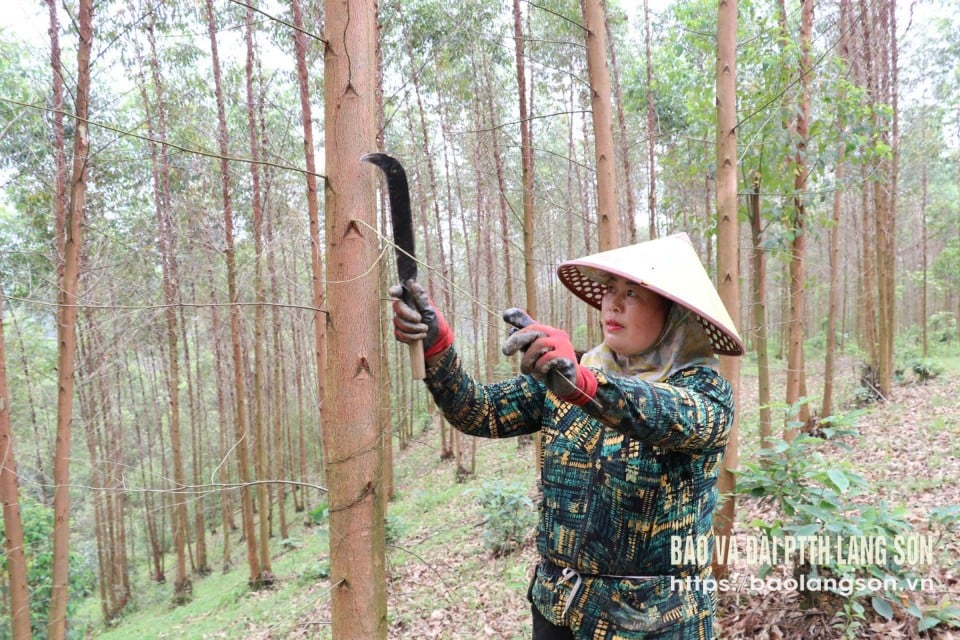
Doi Can commune has over 3,600 hectares of forestry land (accounting for nearly 80% of the natural land area). This is an advantage for the commune to develop the hill forest economy . Therefore, local people have focused on exploiting this advantage to invest in planting forests with some main tree species such as eucalyptus, pine, cinnamon...
As one of the households that have been planting forests for a long time and brought high economic efficiency in the commune, Mr. Vi Truong Khiem, Ban Chang village, Doi Can commune said: In 2008, according to Project 661 (on organizing and implementing forest planting in villages and border communes of 5 border districts), my family planted more than 2 hectares of pine. Since then, in addition to taking care of the pine area, my family has continued to invest and improve hilly land to plant more eucalyptus and cinnamon. Currently, my family has 2 hectares of pine, about 8 hectares of eucalyptus, and 3 hectares of cinnamon. On average, each year, from harvesting pine resin, my family earns about 40 million VND/year. In addition, my family's eucalyptus area has also been harvested 3 times, most recently, in early 2025, I harvested nearly 2 hectares of eucalyptus, bringing in an income of over 200 million VND.
"Over the past years, Doi Can commune people have actively developed the forest economy, bringing practical results. Doi Can is also a commune with a strong forest planting movement with the second largest planted forest area in the district. In the coming time, to improve economic efficiency from forests, the department will continue to coordinate with the commune government and related units to mobilize people to plant new forests, especially in areas after exploitation; coordinate to organize training courses on forest planting and care techniques for people so that people have more knowledge and skills, gradually improving the quality of planted forests." Mr. Chu Tuan Doanh, Head of the Department of Agriculture and Environment of Trang Dinh district |
Similar to Mr. Khiem's family, Ms. Vi Thi Thoa's family in Nam Khoang village, Doi Can commune is also actively developing the forest economy. Ms. Thoa said: From the effectiveness of some households growing eucalyptus around and realizing that this is a tree suitable for the natural conditions of the commune, in 2015, my family invested in planting more than 2 hectares of eucalyptus. This is a tree with a fairly long harvest time, each batch of eucalyptus is planted from 4 to 6 years and can be exploited with a cycle of 3 years/batch (each batch can harvest 3-4 batches). At the end of 2024, the family's eucalyptus area was exploited for the second batch, bringing in an income of over 250 million VND. Currently, in addition to taking care of new shoots of eucalyptus trees, the family is also focusing on taking care of 1 more hectare of cinnamon.
Not only the above 2 families, many households in Doi Can commune have also proactively invested in and developed afforestation. It is known that pine trees have been planted by local people since 2008 through Project 661 with an area of nearly 200 hectares. By 2015, the afforestation movement in the commune began to develop strongly. Up to now, out of 317 households in the whole commune, over 90% of households have planted forests. Households with small plantings have 2-3 hectares, households with large plantings have 15-20 hectares.
Mr. Hoang Van Trong, Chairman of the People's Committee of Doi Can Commune, said: In recent years, the Party Committee and the commune government have identified forestry development as a key direction and a key solution to improve people's lives and contribute to socio-economic development. Therefore, the commune has oriented and implemented many solutions to support people such as propagating, encouraging and mobilizing people to plant forests; coordinating with specialized agencies of the district to organize 1-2 training courses/year on forest planting and care techniques for people; coordinating with relevant units to check the quality of planted forests; orienting and advising people to proactively take care of fertilization, prevent pests and diseases; propagating and mobilizing people to do a good job of fire prevention, fighting and protecting forests.
At the same time, to help people have more resources to invest and develop the forest economy, the commune government always creates conditions and supports people to access preferential loans from the Social Policy Bank to plant forests. Up to now, the whole commune has 133 households borrowing capital with outstanding loans of over 7.9 billion VND, mainly for forest planting.
Currently, the total forest area in Doi Can commune is more than 1,690 hectares, mainly trees such as eucalyptus (800 hectares), cinnamon (300 hectares), pine (250 hectares)... From developing the forest economy, the whole commune currently has more than 80 households with an income of 80 - 200 million VND/year.
It can be seen that the economic efficiency of afforestation has significantly contributed to increasing people's income and reducing the poverty rate of the commune. By the end of 2024, the poverty rate of the commune will be 2.6%, down 7.5% compared to 2021; the average income will reach 55.6 million VND/person/year, an increase of 19.6 million VND compared to 2021.
Source: https://baolangson.vn/doi-can-vuon-len-tu-rung-5046439.html


![[Photo] Nearly 3,000 students moved by stories about soldiers](https://vphoto.vietnam.vn/thumb/1200x675/vietnam/resource/IMAGE/2025/5/17/21da57c8241e42438b423eaa37215e0e)
![[Photo] More than 17,000 candidates participate in the 2025 SPT Competency Assessment Test of Hanoi National University of Education](https://vphoto.vietnam.vn/thumb/1200x675/vietnam/resource/IMAGE/2025/5/17/e538d9a1636c407cbb211b314e6303fd)
![[Photo] Prime Minister Pham Minh Chinh chairs meeting on science and technology development](https://vphoto.vietnam.vn/thumb/1200x675/vietnam/resource/IMAGE/2025/5/17/ae80dd74c384439789b12013c738a045)

![[Photo] Readers line up to visit the photo exhibition and receive a special publication commemorating the 135th birthday of President Ho Chi Minh at Nhan Dan Newspaper](https://vphoto.vietnam.vn/thumb/1200x675/vietnam/resource/IMAGE/2025/5/17/85b3197fc6bd43e6a9ee4db15101005b)

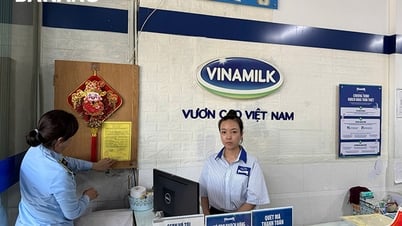

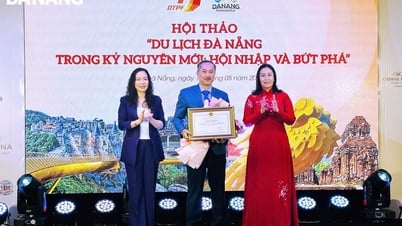
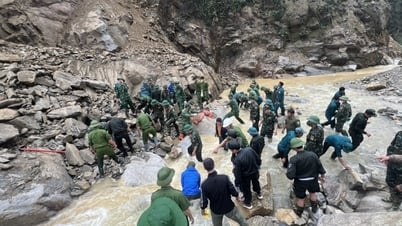
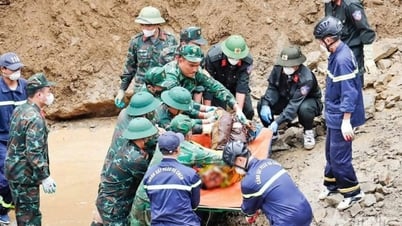

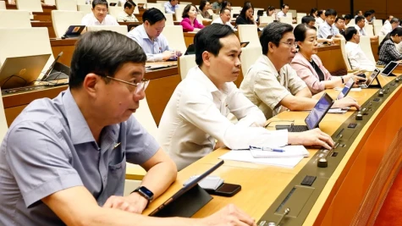






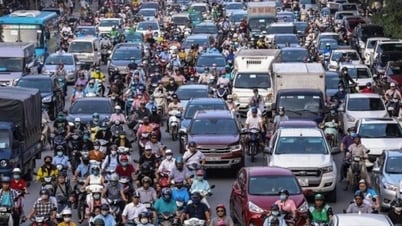
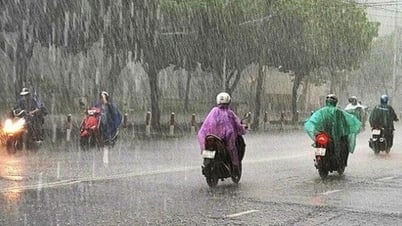
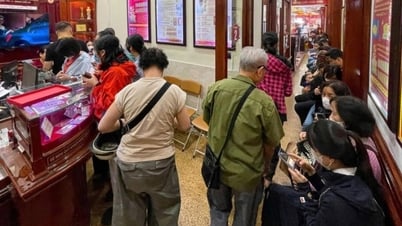
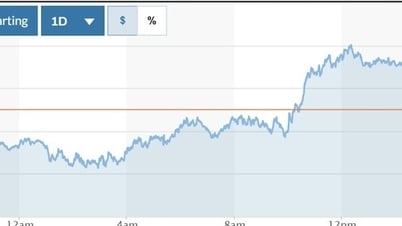
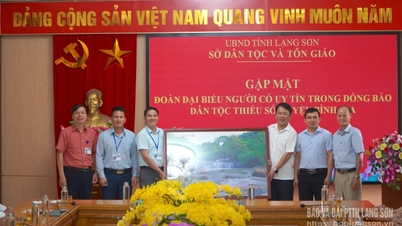






















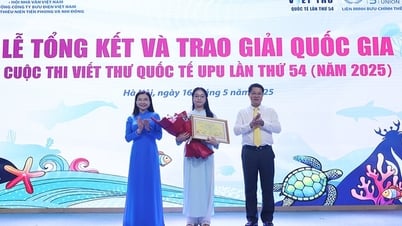
































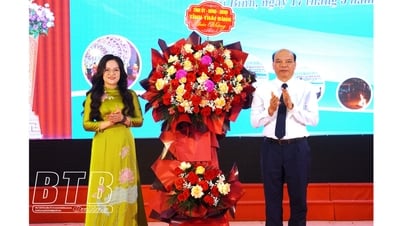

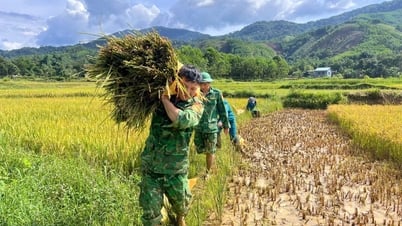

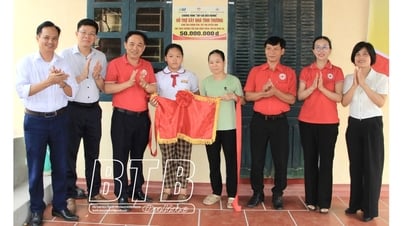
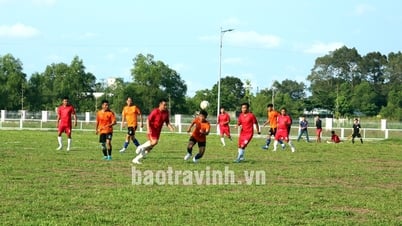
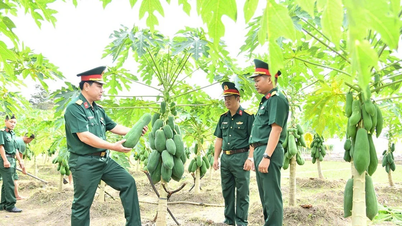












Comment (0)